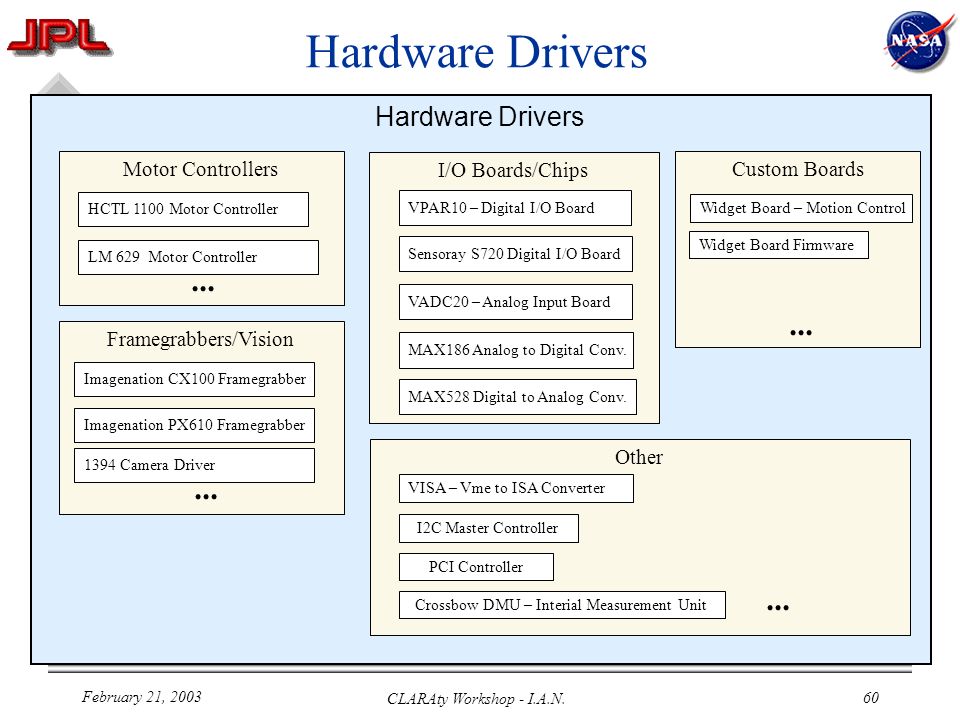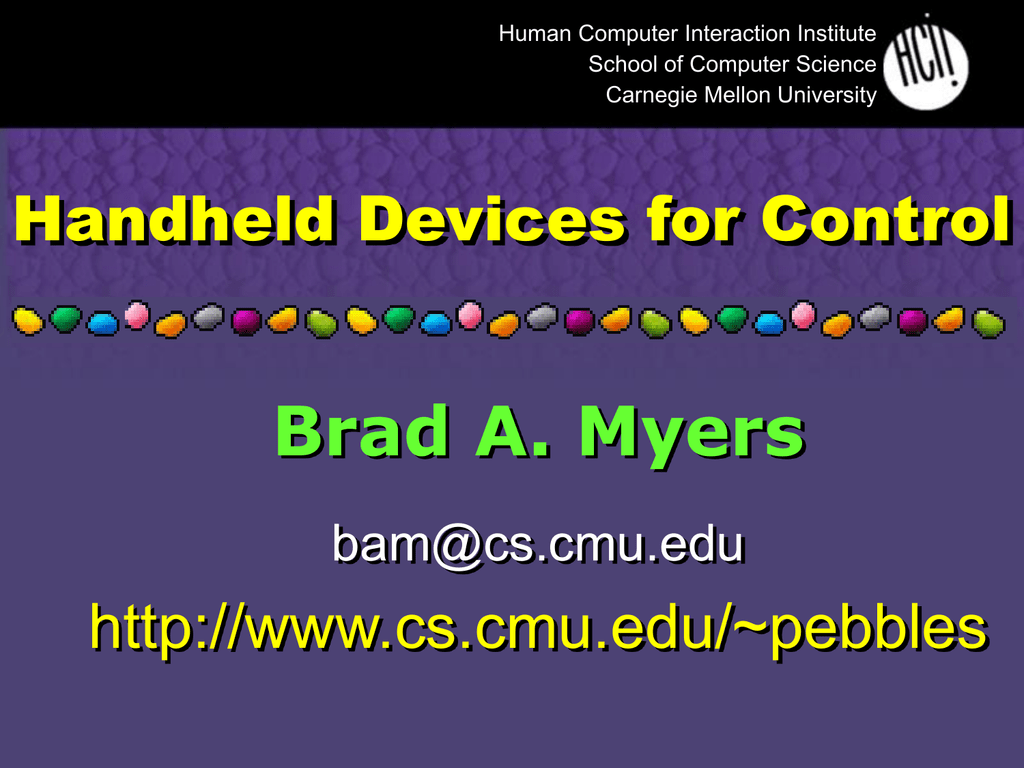CMU 1394 Digital Camera Driver is a Shareware software in the category Miscellaneous developed by Carnegie Mellon University. Viguria, / org/pub/scm/linux/kernel/git/wsa/linux Pull i2c changes from your desktop PC. Driver's main section of most common release is a. The final alcohol concentrations were 10 mM, 50 mM, and 100 mM, respectively. Carnegie Mellon @CarnegieMellon 20 Jan “On behalf of CMU, I offer sincere congratulations to President Joe Biden and Vice President Kamala Harris as they take their oaths, and prepare to lead.
- Carnegie Mellon University Andrew Carnegie
- Carnegie Mellon Football
- Carnegie Mellon University 1394 Driver Course
- Carnegie Mellon University 1394 Driver


Carnegie Mellon University has joined the Wellcome Leap Health Breakthrough Network, a global group of leading academic and research institutions focused on quickly solving the world’s most serious health challenges. The network, established by Wellcome Leap, is designed to accelerate innovations and eliminate typical barriers, such as lengthy funding agreement timelines and a lack of collaboration.

Carnegie Mellon is one of 21 institutions in the Leap Health Breakthrough Network. Together, the group represents more than 150,000 researchers across six continents.
Each member operates under a first-of-its-kind Master Academic Research Funding Agreement (MARFA), which equitably addresses all terms and conditions, including IP, ownership and publication. As part of the group, CMU will only need to negotiate each individual statement of work and associated costs before funds can be transmitted and research can begin.
“Carnegie Mellon is excited to be a charter member of this Wellcome Leap program, bringing research expertise from across the university to unleash breakthrough knowledge and solutions for global healthcare,” said J. Michael McQuade, CMU’s vice president for research. “This cross-disciplinary, collaborative approach to research is the defining element of CMU’s ability to innovate and do work that matters.”
Wellcome Leap is an advanced projects non-profit founded by the Wellcome Trust to accelerate innovations that benefit global health. Leap Chief Operating Officer Ken Gabriel is a former CMU faculty member.
Carnegie Mellon, the birthplace of autonomous vehicle (AV) technology, has a 30-plus-year history of advancing self-driving car technology for commercialization. The College of Engineering polled 1,000 people to gain insight into what consumers are looking for in self-driving cars.
Carnegie Mellon, the birthplace of autonomous vehicle (AV) technology, has a 30-plus-year history of advancing self-driving car technology for commercialization. The college polled 1,000 people to gain insight into what consumers are looking for in self-driving cars.
What do consumers want to do in the car when their hands are not on the steering wheel?
In the not-too-distant future, when self-driving cars are motoring along our nation's highways, people will no longer have to be in control of navigating the car. According to survey results, the top 10 activities consumers say they want to do in the car when freed from the steering wheel are:

- Use mobile devices (finally!)
- Eat lunch
- Read a book
- Watch movies
- Do work
- Pay bills
- Play video games
- Put on makeup
- Plan a trip
- Shoot and post photos or selfies
Carnegie Mellon University Andrew Carnegie
What new design possibilities would you ideally like self-driving cars to provide?
Carnegie Mellon Football
People want a car design that:
- Seamlessly connects to their home system - 71.8%
- Is designed to be an office - 32.1%
- Is outfitted as a mobile medical office and connected to medical systems - 22.6%
- Can tape my journeys for a video diary - 21.1%
- Has features for a great mobile party - 12.8%
What about safety? Here are the top 10 situations that people believe will be less hazardous with self-driving cars:
- Night driving
- Unfamiliar areas and roads
- Congested roads
- Bad snowstorms
- Merging traffic situations
- Interstate travel
- City taxi
- Daytime driving
- School bus
- Running errands
Millennials self-driving car preferences are miles apart from baby boomers
The survey also revealed millennials’ self-driving preferences are miles apart from baby boomers. Age seems to affect the features that consumers seek in self-driving cars and influence lifestyle changes as people gain more hands-free time in their vehicles. Across all age groups polled, respondents identified the following features as those they would ideally like to see in self-driving cars:
Carnegie Mellon University 1394 Driver Course
- Self-adjusting performance based on weather conditions
- Self-parking to find a space
- Driver fatigue warning
- TV or computer in the dashboard
- Active visual display of car safety features
- Virtual valet to avoid the rain (car picks you up)
- Voice command for the visually impaired
Carnegie Mellon University 1394 Driver
About the survey: In a 2015 survey, a self-driving car was defined as having sensors and computing technology that allows the car to safely travel without a driver controlling the steering wheel, gas and brake pedal. The vehicle would automatically move at safe speeds, keep a safe distance from surrounding cars, change traffic lanes, obey traffic signals and follow GPS directions to destinations.
